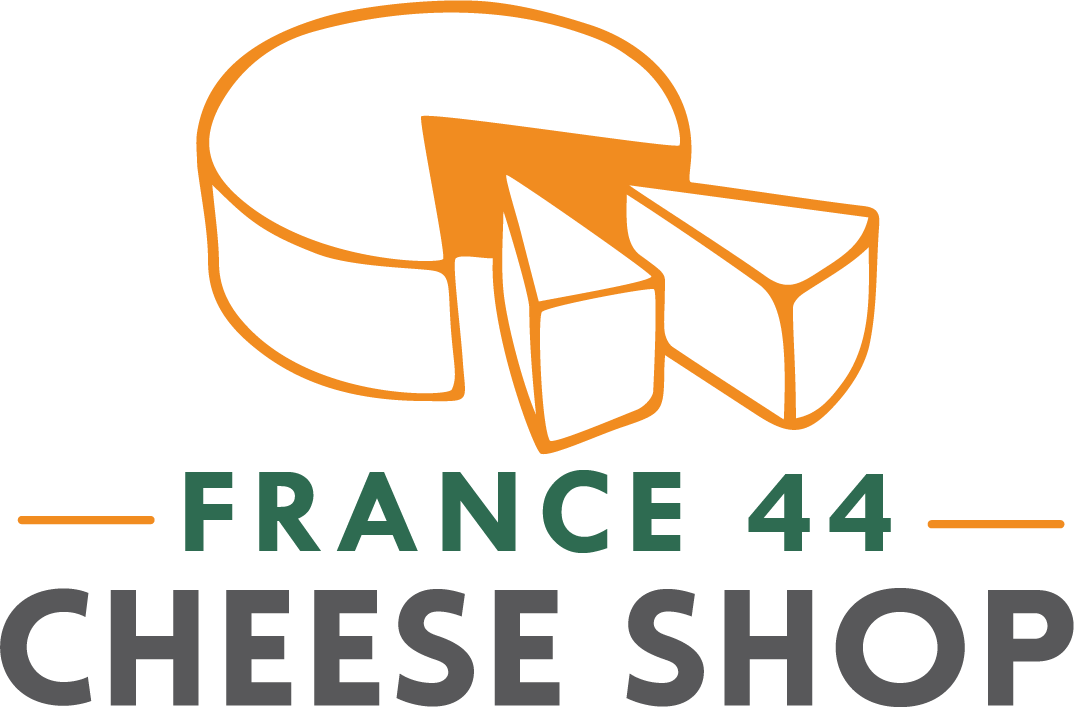by Austin Coe Butler
In the autumn, cool, Pacific air pours into the Rogue River Valley. After a dry summer, rain falls like a benediction. The landscape, parched and increasingly blacked by wildfires, brims again with green, and a kind of second spring unfurls. It is at this moment that the cows at Rogue River Creamery dine on fresh, green pasturage again and Rogue River Blue is made.
Rogue River Blue is about as big a deal as there is in the contemporary world of cheese. It was awarded the prestigious title of “the best cheese in the world” after winning the 2019/2020 World Champion Cheese Contest. Rogue River Blue winning first place was remarkable for many reasons, but most notably it was the first time an American cheese had ever won this global award. Thirty, maybe even only twenty, years ago, it could be argued that Europe was producing “better” cheeses than the United States. But, speaking plainly, the US is now producing some of the best cheeses in the world, cheeses on par with European merits of excellence.
But you can’t eat a title, and they don’t make cheese taste better. I invite you to put that title aside and instead taste it for yourself, enjoy it for what it is, and learn about what makes this cheese phenomenal and inspire excitement.
Rogue River Creamery is located in Central Point, Ore., just north of Medford in the rugged Rogue River Valley. It was originally founded by Tom Vella as Vella Cheese Company. Tom ran the creamery until his death at the age of 100 and his son, Ig (Ignazio) took over. David Gremmels frequented the creamery often. He had a long history in specialty foods and had plans to open a wine bar in Ashland, Ore. He knew he wanted to serve Ig’s cheese, and when he approached Ig about the business, he realized how much he and Ig had in common, how much respect they had for artisan producers and products. A deal was struck that David and his partner, Cary Bryant, would take over the creamery with the understanding that the Vella family cheeses would continue to be produced according to tradition. They shook on it, and in 2002 David and Cary took over the creamery. That same year, the first batch of Rogue River Blue was made.
Rogue River Blue is made with that rich, autumnal cow’s milk precipitated by the first rains. This milk is special because it has equal parts butter fat and protein. Once the cheese is made, it spends its first 30 days in a cellar designed to mimic the Combalou caves where Roquefort is aged, 98% humidity at 50º Fahrenheit. It is then moved to a different cellar where it is inoculated with Penicilium roqueforti (blue mold) at three months and aged a further eight to ten months before being wrapped in Syrah leaves from neighboring Cowhorn vineyard, which have been macerated in pear eau de vie. Rogue River Blue is produced seasonally and the voracious demand for it means its availability is limited. It is released on the autumnal equinox of each year (September 22nd this year, September 23 in 2023 for those of you already planning ahead) and is usually sold out by Christmas.
Rogue River Blue’s flavor is phenomenal. Flavor conveys in an instant what words can only do at length. There is the sweetness of pears poached in port, salty, smokey, and meaty flavors like bacon or guanciale, and a gentle yet piquant blue tingle reminiscent of Roquefort. You’ll find that depending on where you eat from this cheese, near the rind, the center, or elsewhere, different flavors will wane and come to the fore. I’d encourage you to try the leaf, too, which David and his team painstakingly pick in June and July. It lends the cheese a lovely balanced vegetal and fruity flavor. The texture is rich and fudgy, and studded with many different types of fine crystals like calcium lactate, tyrosine, and brushite, all of which are flavorless but add to the textural experience.
This cheese can be savored on its own, but if you’re looking for a pairing, try it on an Effie’s oatcake with a pear gastrique, or on a rosemary cracker. For beverage pairings, enjoy Rogue River Blue alongside a glass of Villainie or Gewürtztramminer. Naturally, Syrah or an Oregon Pinot Noir is a welcomed accompaniment. This cheese can hold its own against stronger beverages like Basel Hayden’s bourbon, Dampfwerk’s pear brandy, or, a personal favorite, the French desert wine Banyuls.
We have six wheels of Rogue River Blue, and this is the only time of year this cheese is available, when the autumn rains return to the Rogue River Valley and the cows are grazing on the preternaturally green grass to make next year’s batch of Rogue River Blue. Stop into the shop this week and buy a wedge. Whether it’s to see what all the hype is about or enjoy an old favorite, you’ll leave with a great American blue cheese.




